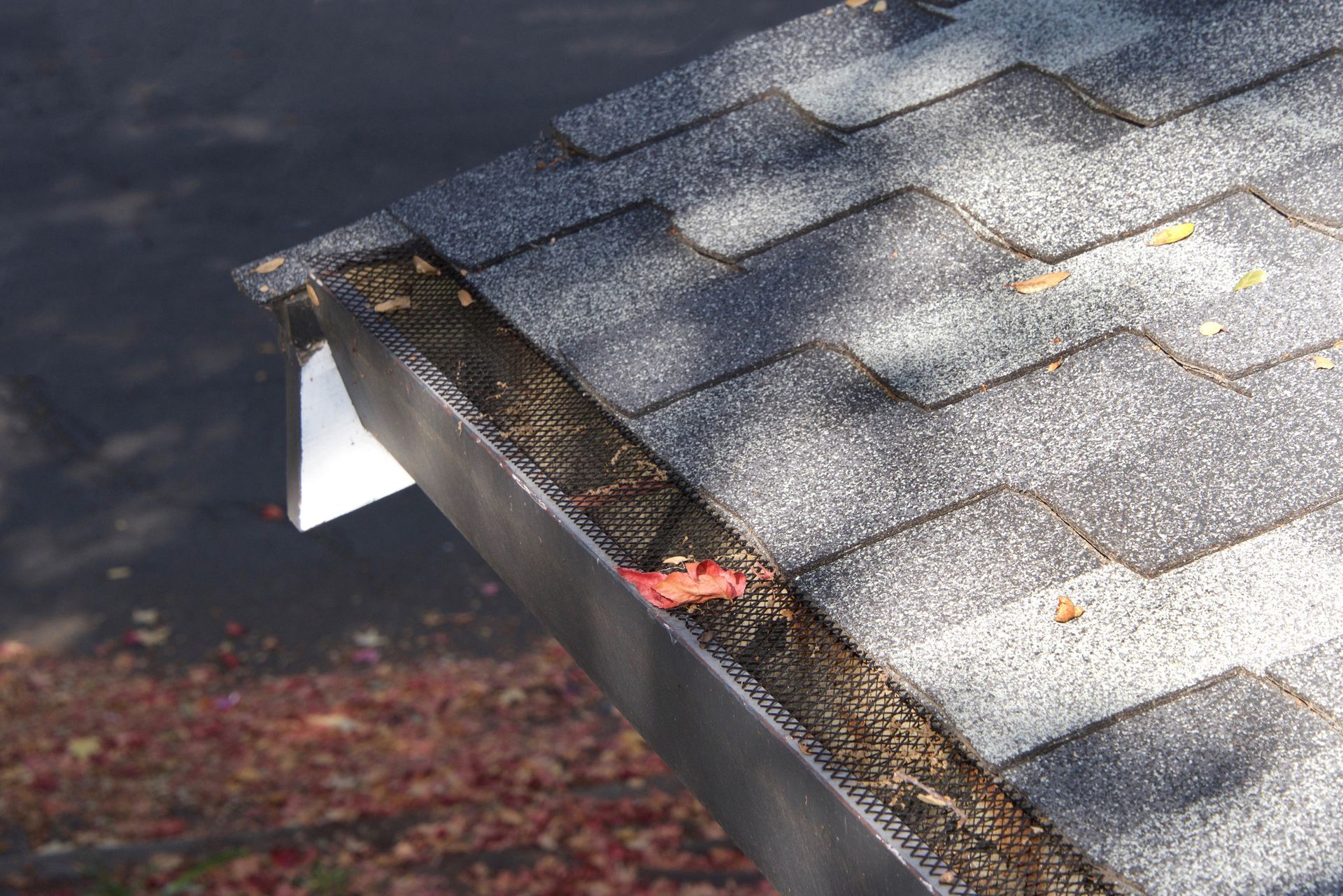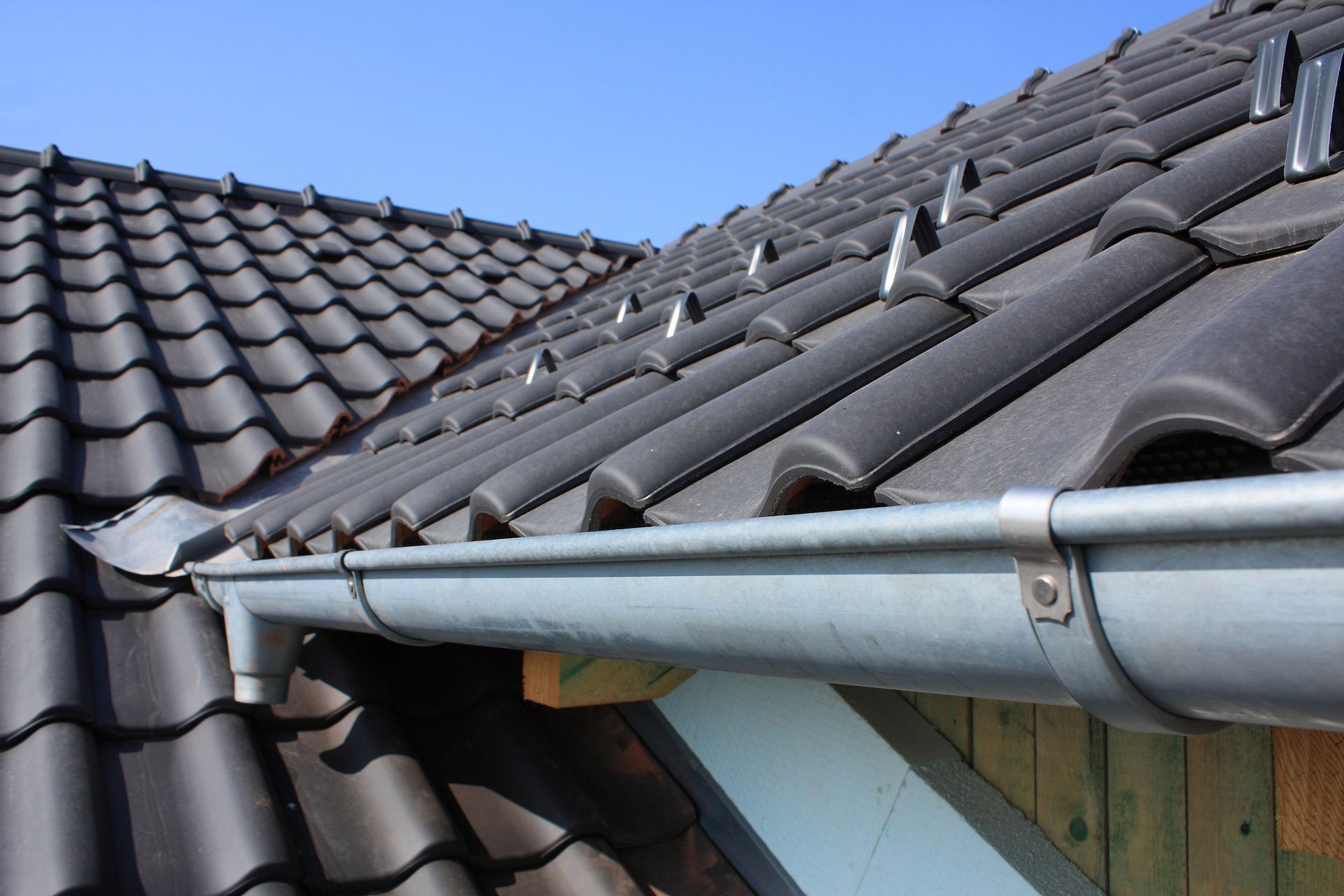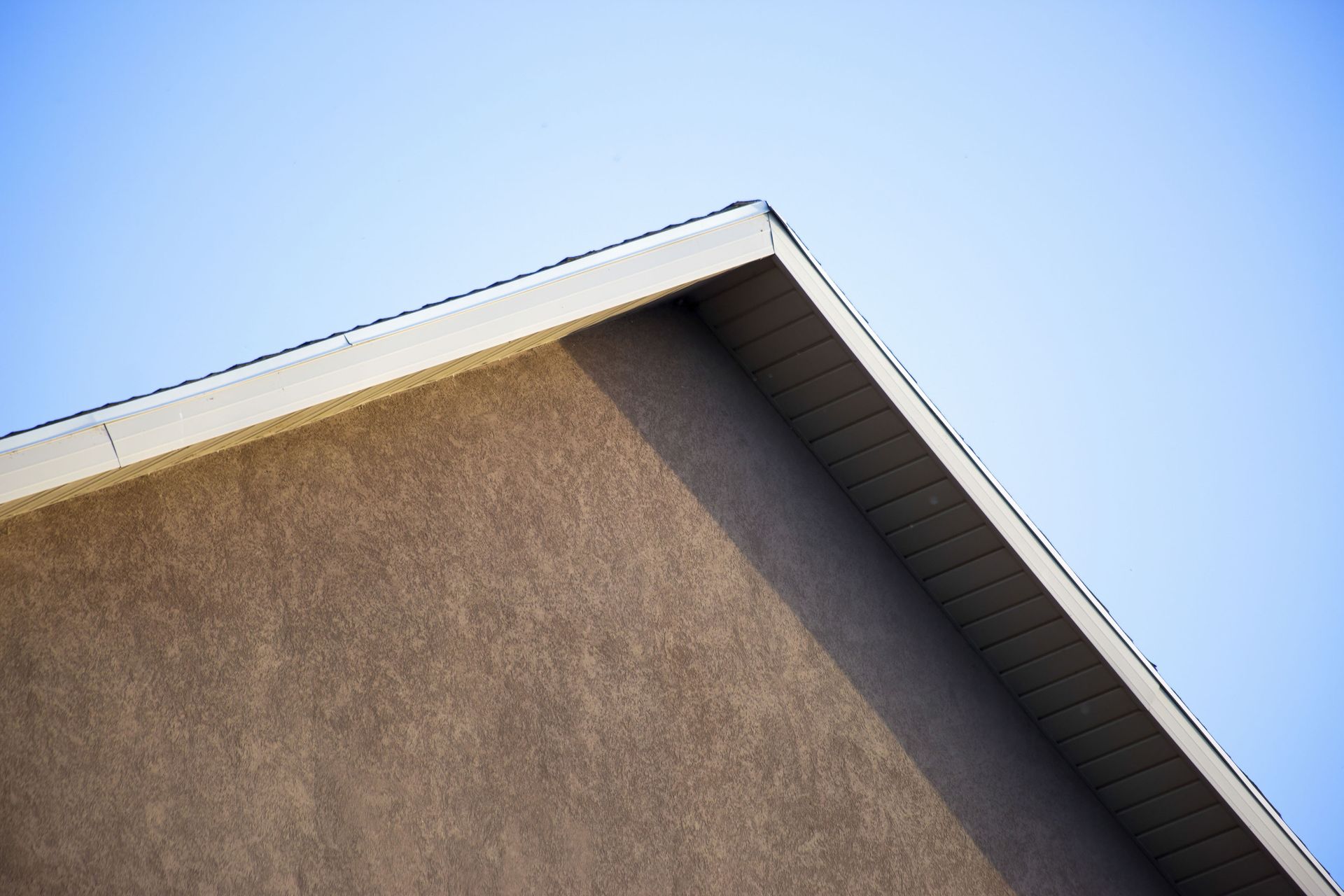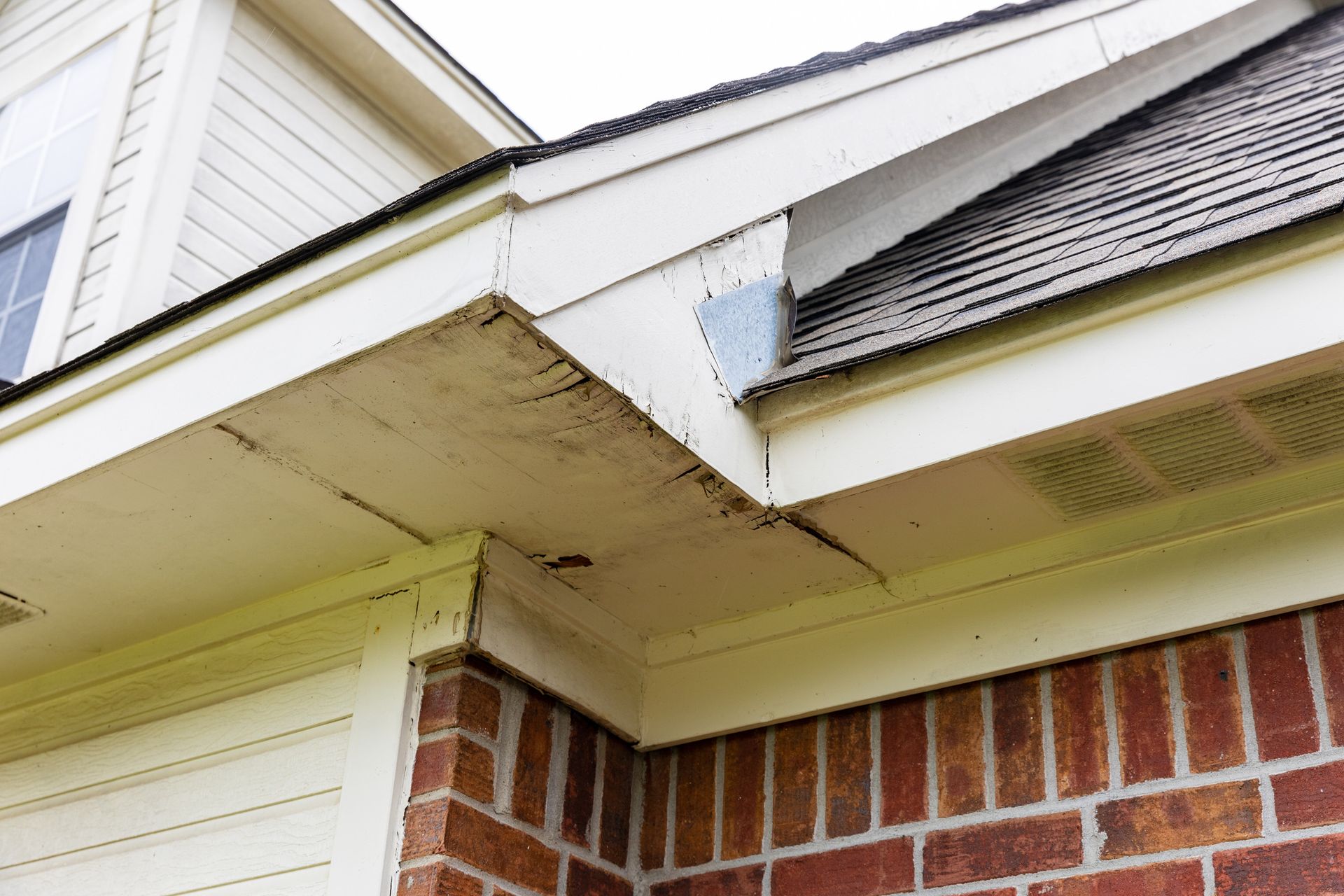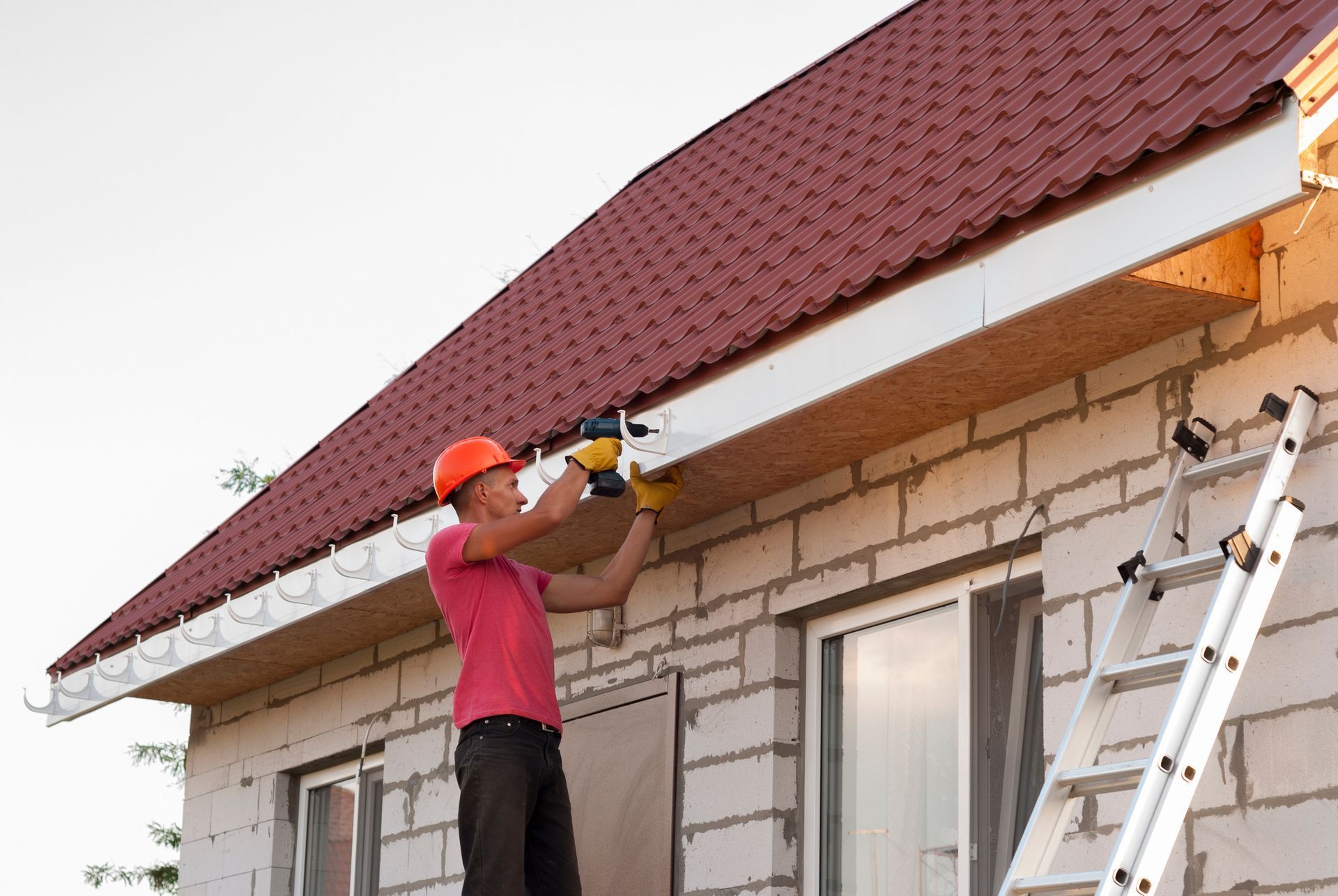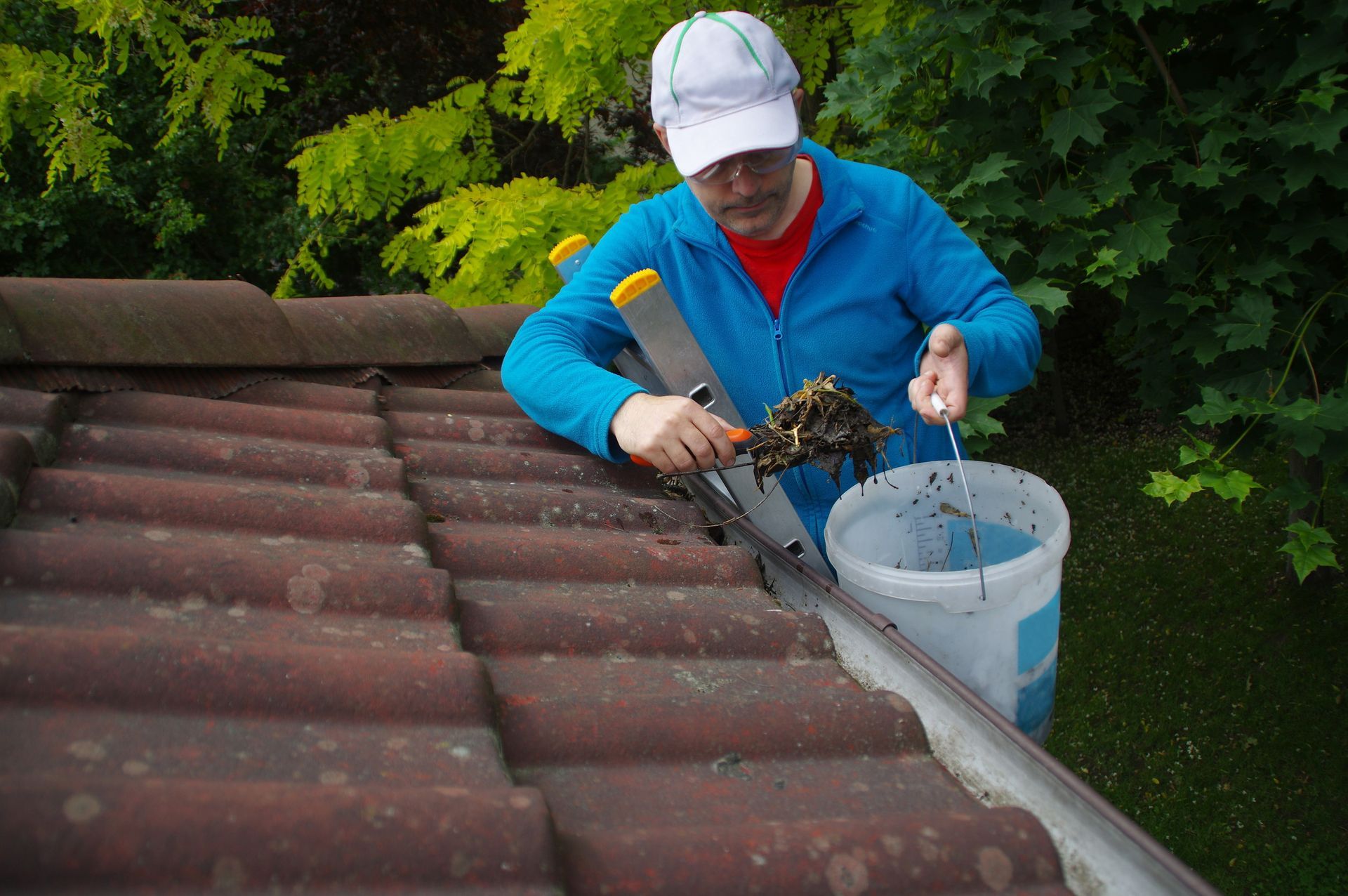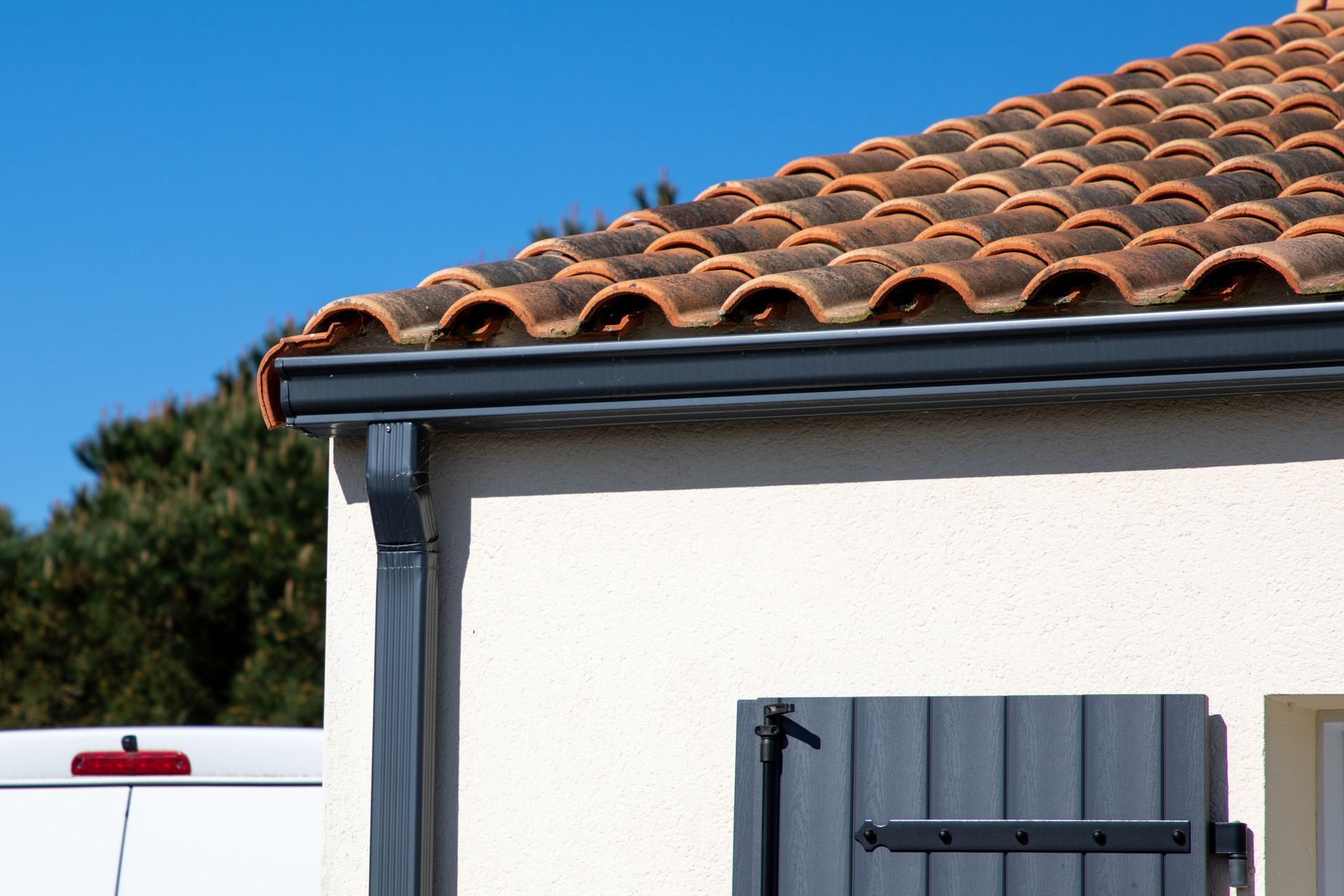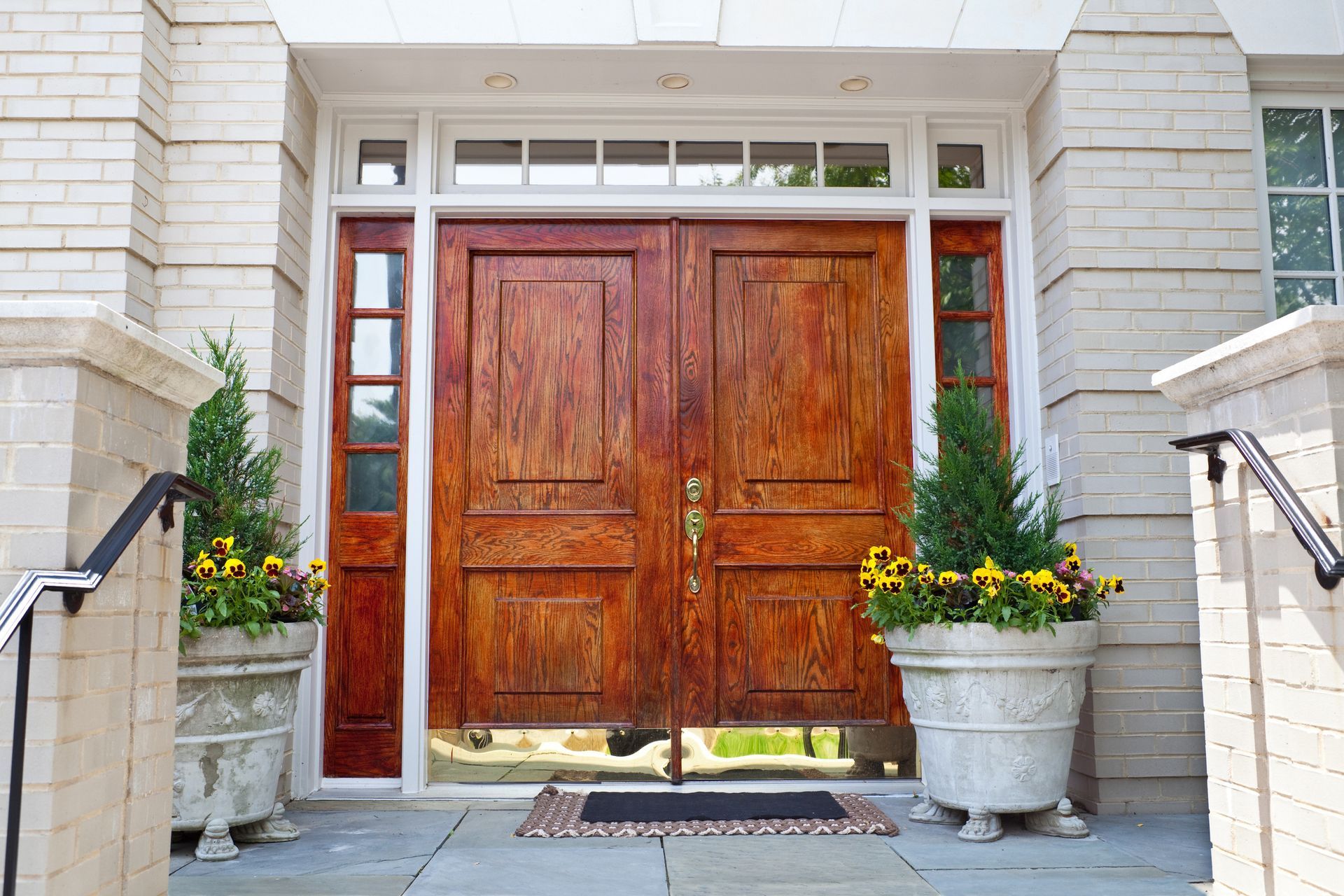The Top Causes of Gutter Damage: How to Prevent and Address Common Issues
Gutter damage is often caused by debris buildup, improper installation, or harsh weather conditions. Gutter companies in Florida recommend regular maintenance to prevent issues like clogs and leaks. Investing in Florida seamless gutters is a proactive step, as their design minimizes potential weak points where damage can occur. For homeowners in Parrish, installing rain gutters that are specifically designed to withstand Florida's elements is essential. By choosing high-quality rain gutters in Parrish and staying vigilant about upkeep, you can protect your home from costly gutter damage and extend the life of your gutter system.
Gutter systems are an integral part of any home or business, designed to direct rainwater away from the foundation and other delicate surfaces. They’re invaluable in protecting your property from moisture-related damage, but no gutter system is maintenance-free – problems can develop over time without regular inspection and cleaning.
Often, minor issues can be prevented with a periodic inspection and quick action. But when neglected for long periods of time, these minor issues can compound over time until something more significant arises. The team at The Heights Aluminum, Inc. in Venice, Florida is here to provide an overview of the top causes of gutter damage so you can take proactive steps towards protecting your home or business. Read on to learn more about the common types of gutter damage and how you can address them before they cause too much damage to your property.
Causes of Gutter Damage
Gutters are an essential part of your home's exterior architecture, but their importance is often neglected until a problem arises. If your gutters aren't functioning properly, it can result in costly damage to your home. Knowing the most common causes of gutter damage can help you take the necessary precautions to prevent such issues and address them quickly when they do occur.
Let's take a look at the top causes of gutter damage.
Poor Installation
The success of any gutter system is contingent upon proper installation. Gutter components must be installed at the correct angles, so water drains actively into the downspouts. When this isn't done properly, a clogging problem can occur that prevents water from draining adequately — sometimes resulting in overflow and potential damage to the structure of your house or yard.
Poorly installed gutters may also suffer from weak attachment points, which can cause them to pull away from the roofline due to heavy precipitation or weighted debris like snow or ice — leading to structural damage in particularly harsh states.
It’s best to hire a professional gutter installer so you don’t have to worry about these common issues.
Clogged Gutters
Gutters accumulate leaves, twigs and other things from nearby trees, which can lead to clogs that stop water from properly flowing. This can damage gutters as the water inside builds up and causes them to become weighed down, bent or cracked. If left unchecked for a long period of time, gutters may fall off entirely or need parts replaced.
To prevent gutter damage due to clogs, it is important to clean out your gutters regularly so they don’t get over full with debris. You can also install gutter guards or a second filter at the head of the gutter system in order to capture larger pieces of debris before they have a chance to block the flow of water.
Incorrectly Sloped Gutters
Inefficiently sloped gutters can cause a number of issues with drainage. If the slope of your gutter is off even by a few inches, rainwater and melted snow may not drain out of the gutter properly and can build up along the edges. As more is added to the level part of the gutter, more stress is put on the seams. This water may also be forced back towards your roof or pour over causing major damage and structural problems.
To ensure your gutters are properly sloped and free-flowing, use a level to measure from one end to the other about every 15 feet or so. Your goal should be for anywhere between 1/4″ and 1/2″ drop per 10 feet depending on how much rainwater you get in your area. If you find yourself too low, you may need to adjust your gutters further back from your house or add hangers at strategic points along their runs in order to correct any slope issues that exist now or could develop in the future.
Poor Maintenance
Poor maintenance of your gutters is one of the most common causes of gutter damage, as it allows debris to build up over time. If not cleaned on a regular basis, this debris can clog the gutter’s flow channels. And when enough debris accumulates, it can form a dam that allows water to back up, which can damage roofing materials and even cause roof leaks. Additionally, as the debris continues to accumulate in the gutter’s flow channels, it can prevent water from flowing freely in your gutters and lead to pooling in low spots or even runoff.
Furthermore, if your gutters are left unchecked for long enough periods of time, corrosion may set in leading to extensive damage which may require replacing sections or even the entire system. It is important to keep an eye on the overall condition of your gutters and address any issues you find right away. Regular cleaning and inspections will help you keep track of small issues before they become larger problems – so make sure that you’re checking your system routinely!
Prevention
Gutter damage is a usual phenomenon caused due to various factors like climbing plants, debris, weather conditions, hard water, and other small animals. Thus it is essential to look into the preventive measure that can help avoid extensive gutter damage. Among the most common action items for prevention include:
● Installation of gutter protection system that prevents accumulation of debris or soil particles on your gutters.
● Installing guards and other protective devices: Certain types of devices are available in the market which can be installed over gutters and prevent access to birds and small creatures as well as avoid accumulation of leaves, branches and other debris.
● Regular maintenance: Gutter system must be checked periodically so that any formation of moss, cracked areas or corroded surfaces can be addressed in time and proper solution provided.
● Routine cleaning: Debris must not accumulate in your gutter system for a long period of time as this could block water flow resulting into further troubles with your roof shingles or general health of the building. Make sure you clear away debris from your gutters by scheduling regular cleanings or availing professionals assistance for it.
These preventive measures will help maintain functionality of your gutter system as well provide safe roofing solutions for your home or business buildings.
Repairs
Gutter repairs can range from simple fixes to complex installations. This blog will discuss the top causes of gutter damage and the necessary repairs. It will also provide tips on how to prevent common problems and what steps to take if repairs are needed.
Keep reading to learn how to keep your gutters in the best condition.
Cleaning
Cleaning is one of the most important things you can do to maintain your gutters and avoid gutter damage. To effectively clean your gutters and downspouts, start by clearing away any leaves or debris using a sturdy ladder. Then, use a plastic trowel or other similar tool to carefully scoop out any persistent material. Afterward, rinse with water from a garden hose. Quality tools like leaf blowers and pressure washers work great for this purpose as well.
It's recommended that homeowners should clean their gutters every two to four months or after every storm, depending on how often debris collects inside the gutter system, which may vary based on climate and foliage in your area. Failing to keep up with cleaning can eventually lead to extensive damage due to corrosion, clogging or overflowing gutters – all of which we'll discuss in more detail shortly.
Sealing
In order to prevent costly mishaps, proper sealing of exposed seams and joints is necessary. Any gap that is left unaddressed or unsealed can cause damage to the entire gutter system, which can lead to leakage and water misdirection. Luckily, sealing your gutters is an easy repair job that can be done with a silicon-based caulk specifically designed for gutters and downspouts.
Application is simple - all you have to do is run the caulk along the lengths of exposed seams until all holes and gaps are filled. Take extra care when applying caulking so it does not break away from any winding joints or bends in the gutter system. Sealing will help minimize infiltration risks from weather elements such as wind, rain, ice and snow.
Investing in a high quality sealant that holds up against seismic movement will ensure longevity for your system down the road.
Replacing Damaged Sections
When installing or replacing sections of gutters, it is important to use high-quality materials that are designed specifically for drainage and water protection purposes. Repairing your gutters with low-grade materials can lead to future problems like water damage and inefficient draining. Quality materials will also be more resistant to stress from weather elements such as heavy rain and snowfall that can easily tear apart weaker materials. Regular inspections and maintenance should also be done in order to spot any issues before they become too serious.
Conclusion
In conclusion, there are many factors that can contribute to gutter damage, but with appropriate measures such as regular maintenance, proper placement and an effective gutter guard system, many of these issues can be minimized or avoided entirely. By taking the time to identify and address common gutter problems now, you can avoid costly repairs and replacement down the line.
The Heights Aluminum, Inc. in Venice, Florida specializes in helping customers protect their gutters from common sources of damage. Contact us today for more information on scheduling a maintenance review or to learn more about our various gutter protection services.
